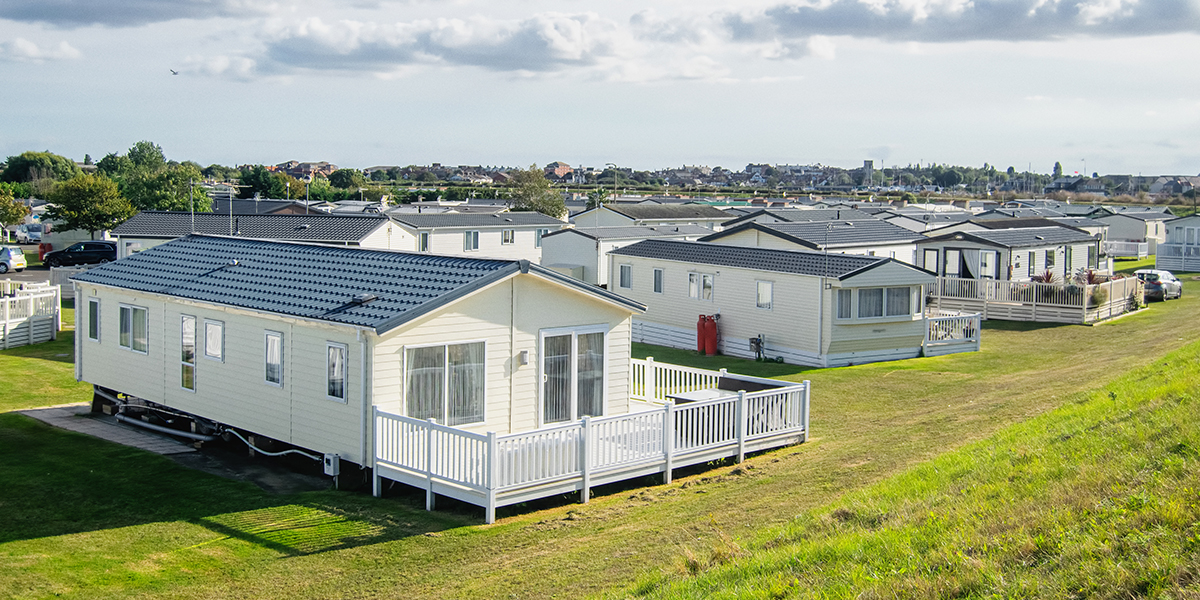 Over the past 20 years, private businesses in the U.S. have joined forces with federal and local government to improve the efficiency of water systems, spending billions on infrastructure to reduce waste and save money. Despite their efforts, more than 2 trillion gal of water are still lost every year, according to the American Water Works Assn. (AWWA).
Over the past 20 years, private businesses in the U.S. have joined forces with federal and local government to improve the efficiency of water systems, spending billions on infrastructure to reduce waste and save money. Despite their efforts, more than 2 trillion gal of water are still lost every year, according to the American Water Works Assn. (AWWA).
So, after all of the investments, why are we still wasting water? Why is California mandating a 20% decrease in water consumption by 2020?
While there are several contributing factors, undetected leaks caused by aging infrastructure have become the primary source of water waste.
Millions of pipes are buried underground, some dating back to the Civil War, and most are not examined until there is a problem. Assuming every pipe would need to be replaced, the cost over the coming decades could reach more than $1 trillion, according to AWWA. In a time of increasing water rates and major restrictions on usage, the constant breaks and underground leaks are costing both local water departments and property owners time and money.
In most cases, property and building owners are unaware of the problem. Some managers compare one water bill to another, accept the cost and pay it without question. What they may not realize is underground leaks, inefficient fixtures and bad landscaping practices consume more water than necessary.
Thanks to breakthroughs in green technology, property and building owners now can implement water conservation programs that not only replace inefficient equipment to reduce consumption, but also continuously measure water flow to immediately alert them of leaks.
One such commercial water technology is a self-contained, non-intrusive device that measures water flow in real time. The system turns water pulses into gallons, then sends the data wirelessly to a web portal, breaking down consumption by month, day and hour for easy viewing.
You can only manage what you monitor, and with these technologies, property managers can monitor water usage, pinpoint problem areas, and detect leaks or usage spikes as they occur. This new technology can save property managers money, water and time.
A Mysterious Leak
In Atlanta, a three-story apartment community’s water bill rose to $74,000 per month from its normal $23,000 per month in less than a year. Property management called in plumbing contractors and leak detection companies to resolve the water loss. However, there were no immediate signs of a leak despite the water bill still rising.
The WaterSignal team was called in after no solutions could be found. The team analyzed the water bills and confirmed the rising costs. They then installed a wireless monitoring device on the main compound meter and a separate device for irrigation water. This device reads the meter and sends water usage data to the property manager in real time.
The team met with property management to better understand onsite issues and water consumption patterns, analyzed fixtures for efficiency, surveyed the property and walked through apartment units to identify water consumption concerns and potential leaks.
Upon calibration and analysis of the data WaterSignal received from the monitoring device, the team confirmed the issue was a catastrophic leak somewhere on the property. The presence of four lakes on the property added to the difficulty of identifying areas where leaks might be located.
Upon confirmation that excessive usage was present and ruling out meter and billing errors, the team conducted an investigative site walk to thoroughly examine the property.
Putting Data to Use
During the discovery process, the WaterSignal team uncovered a significant amount of water running through the storm sewer and determined from which area of the property the flow was coming and the approximate location of the leak.
The team notified property management of the leak’s location. A plumber was engaged to uncover the water line in that area. Upon unearthing the pipe, it was found that large debris and rock had been graded over a main water line running through the site. The debris had settled, separating and damaging the line.
A storm sewer junction box was uncovered within 4 ft of the damaged water line. It also was damaged, causing the leaking water to run straight into the storm sewer, so the leak never was exposed above ground. The plumbing contractor repaired the main line and storm sewer.
WaterSignal continues to monitor the property, and the consumption has dropped from 220,000 to 60,000 gal per day, resulting in savings of $45,000 per month.
In today’s world, with water rates rising and state conservation mandates growing, water professionals can use new technologies to help property managers utilize real-time data to save one of most precious resources—water—while reducing costs by an average of 15%.
Click here or follow us on social media for the latest in water news, tips, and fun facts.
WaterSignal is a green technology company focused on water conservation. WaterSignal measures water flow in real-time to detect leaks and monitor domestic meters, irrigation systems, and cooling towers for commercial, multifamily, medical and educational properties. WaterSignal is located in Alpharetta, GA, and currently has operations in 18 states.
This article was originally posted here by Water Quality Products Magazine. Follow Water Quality Products on Twitter



